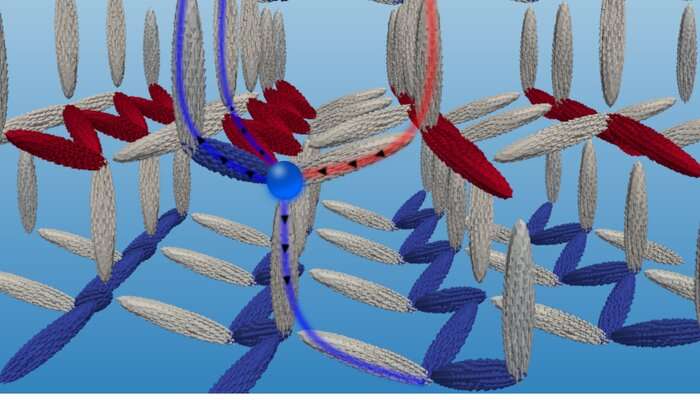Phys.org August 6, 2021
3D nano-architectures are promising for the realization of 3D magnetic nano-networks for ultra-fast and low-energy data storage. Frustration in these systems can lead to magnetic monopoles, which can function as mobile, binary information carriers. However, Dirac strings in 2D artificial spin ices bind magnetic charges, while 3D dipolar counterparts require cryogenic temperatures for their stability. An international team of researchers (Austria, USA – Los Alamos National Laboratory) used micromagnetic simulations to demonstrate that the mobility threshold for magnetic charges is by 2 eV lower than their unbinding energy. By applying global magnetic fields, they steered magnetic charges in a given direction omitting unintended switching. The system they introduced paves the way toward 3D magnetic networks for data transport and storage. It also has applications in photonics, biomedicine, and spintronics…read more. Open Access TECHNICAL ARTICLE

Researchers at the University of Vienna have designed a new 3D magnetic nanonetwork, where magnetic monopoles emerge due to rising magnetic frustration among the nanoelements and are stable at room temperature. Credit: © Sabri Koraltan University of Vienna